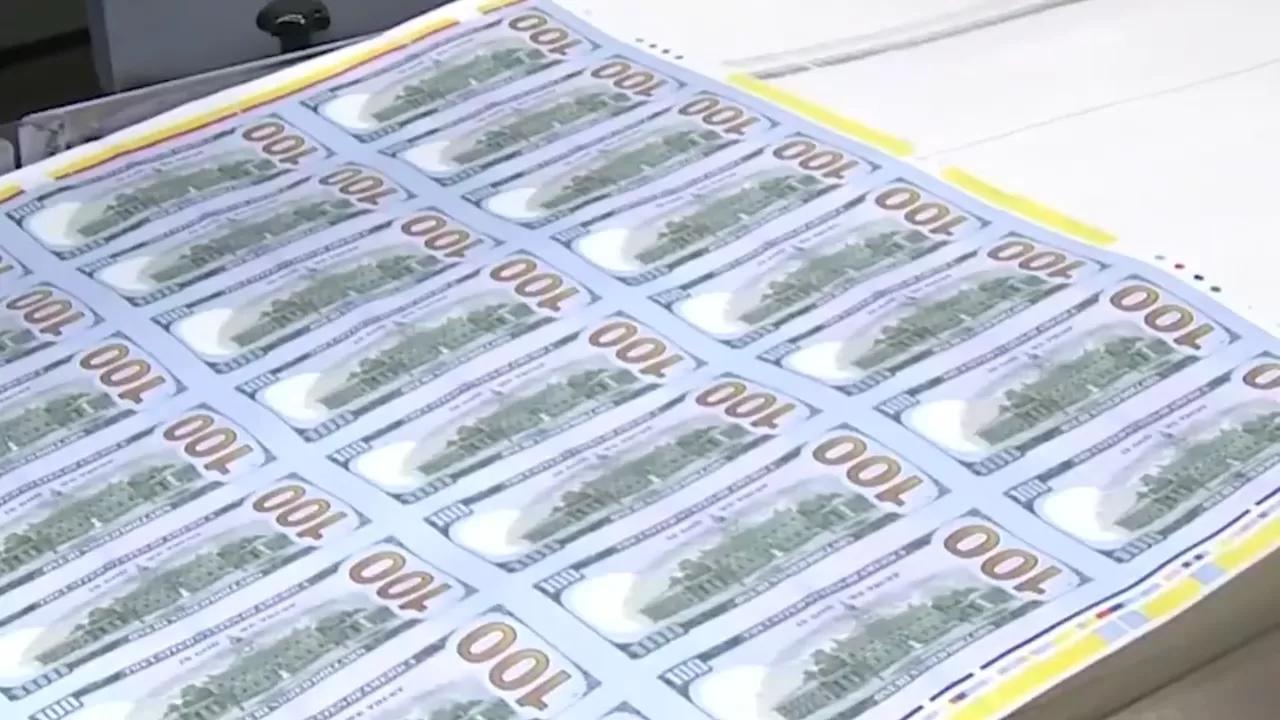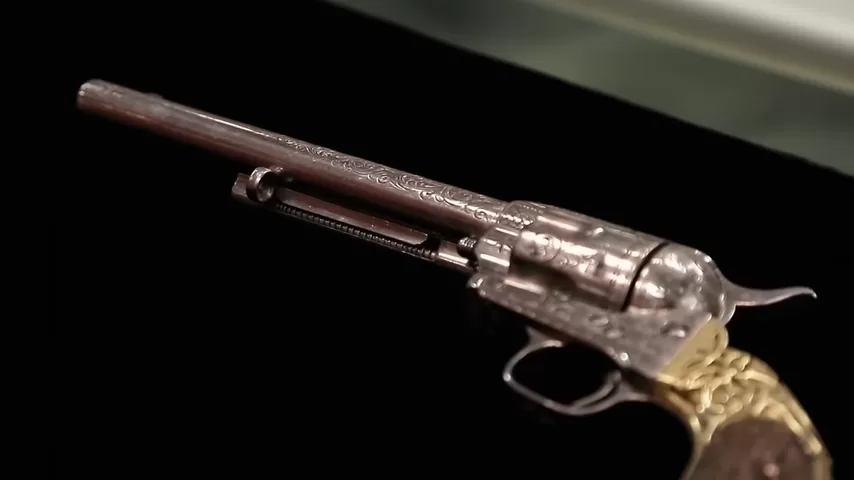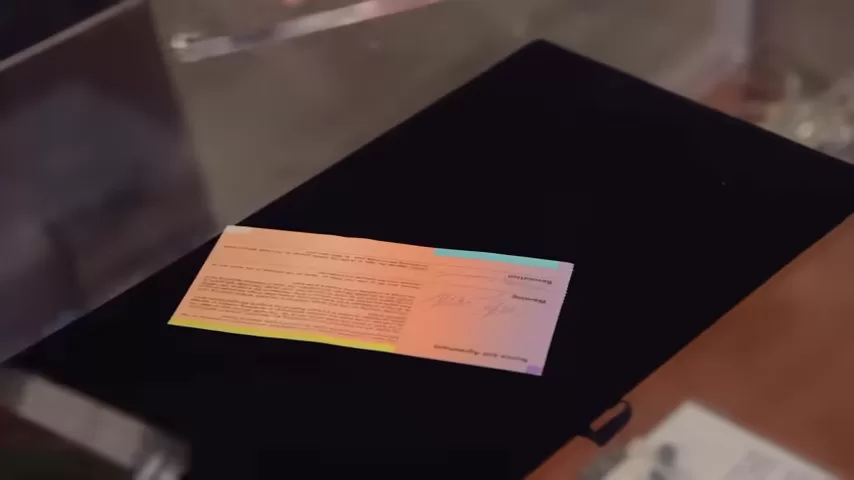Have you ever wondered how money is made? The process of printing $100 bills and €100 banknotes is a highly secure and technologically advanced procedure that ensures durability, authenticity, and security. From selecting the right materials to embedding complex security features, every step is meticulously designed to prevent counterfeiting and guarantee the integrity of currency.
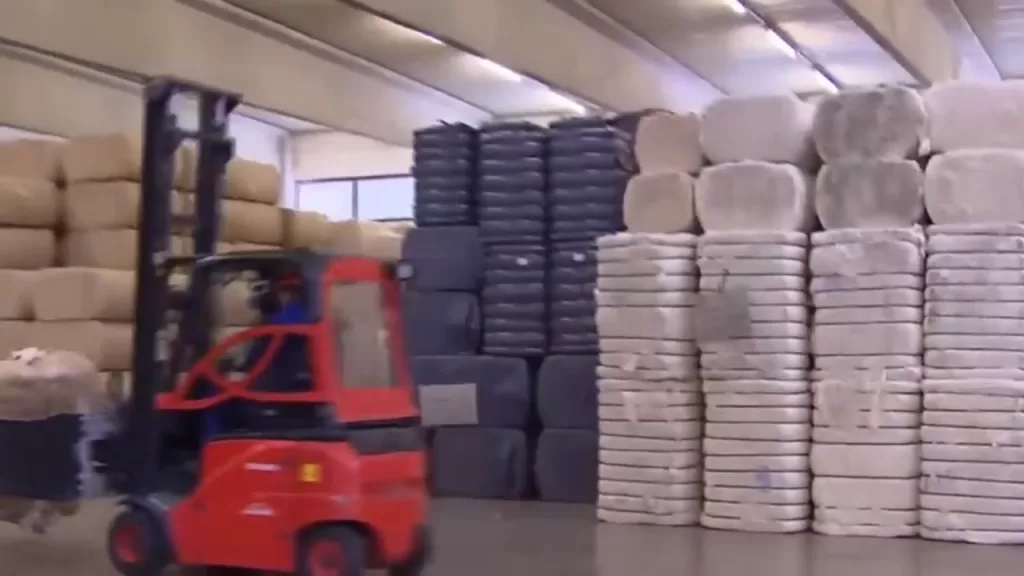
The Paper: More Than Just Ordinary Sheets
Unlike regular paper made from wood pulp, banknotes are printed on special cotton-based paper to enhance durability. The composition differs between currencies:
- US Dollar: Made from 75% cotton and 25% linen, providing a unique texture and resistance to wear.
- Euro: Made from 100% cotton fiber, giving it a crisp feel and extended lifespan.
Security features are embedded within the paper before printing, including:
- Synthetic red and blue fibers visible to the naked eye
- Watermarks depicting portraits and denominations
- Security threads that glow under ultraviolet light

The Design and Engraving: Creating Authentic Banknotes
Security is paramount in designing banknotes. Artists collaborate with engraving and security experts to ensure each bill is distinct and nearly impossible to replicate. Engravers meticulously etch steel master dies, which serve as the template for mass production. These engravings capture intricate details, creating raised ink textures that can be felt by touch.
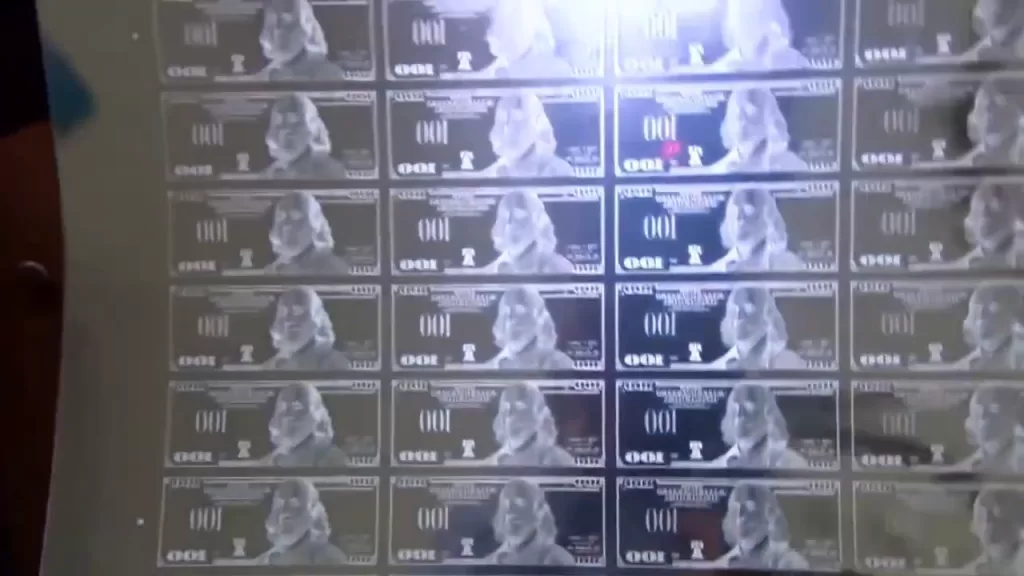
The Printing Process: Precision and Complexity
- Offset Printing – The base colors and design patterns are printed on both sides.
- Silk Screen Printing – Adds shimmering security features like color-changing numerals.
- Intaglio Printing – Applies raised ink for tactile elements such as portraits and numerals.
- Holographic Features – A foil strip containing changing images is embedded.
For the US Dollar, the 3D security ribbon woven into the paper features bells and the number 100, which shift when the bill is tilted. The Euro banknote incorporates a portrait of Europa, microprinting, and color-shifting elements to ensure authenticity.
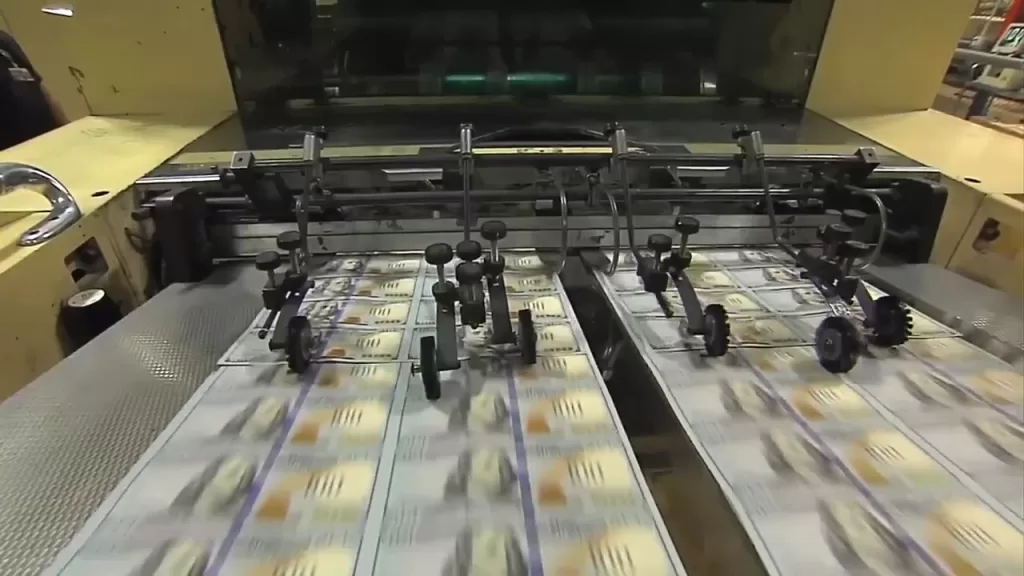
Serial Numbering and Inspection: Ensuring Uniqueness
Each bill receives a unique serial number using high-speed inkjet technology. These numbers help track banknotes, preventing counterfeiting and allowing authorities to monitor circulation.
Throughout production, automated inspection systems equipped with cameras and sensors scan for errors. Trained experts perform additional manual inspections to catch imperfections before banknotes enter circulation.
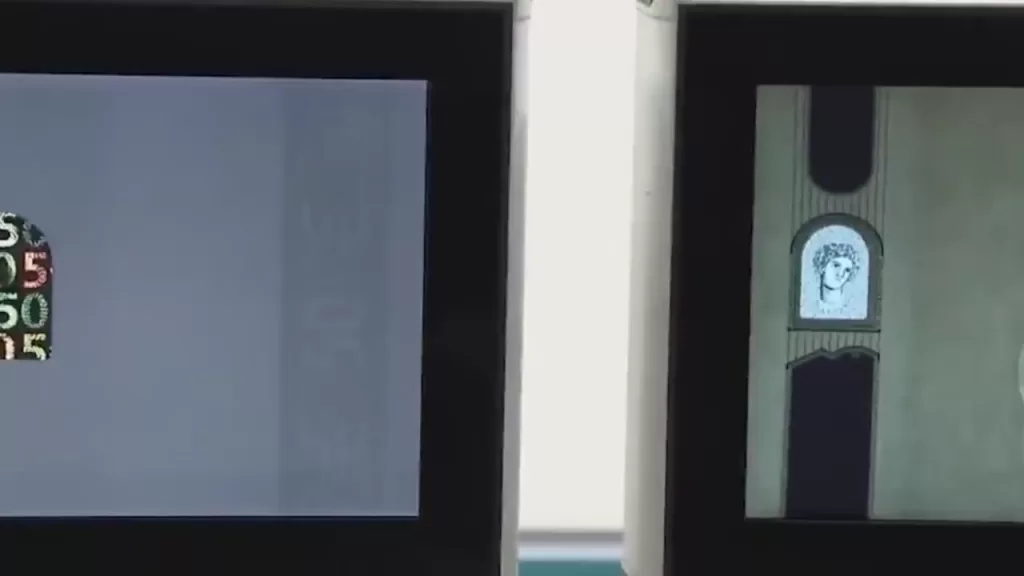
Cutting and Packaging: Preparing for Distribution
After passing quality control, large sheets of printed banknotes are precisely cut using high-speed laser-guided cutters. The fresh banknotes are then:
- Stacked and counted to ensure accuracy
- Bundled and wrapped in protective film
- Packed into secure containers for transport
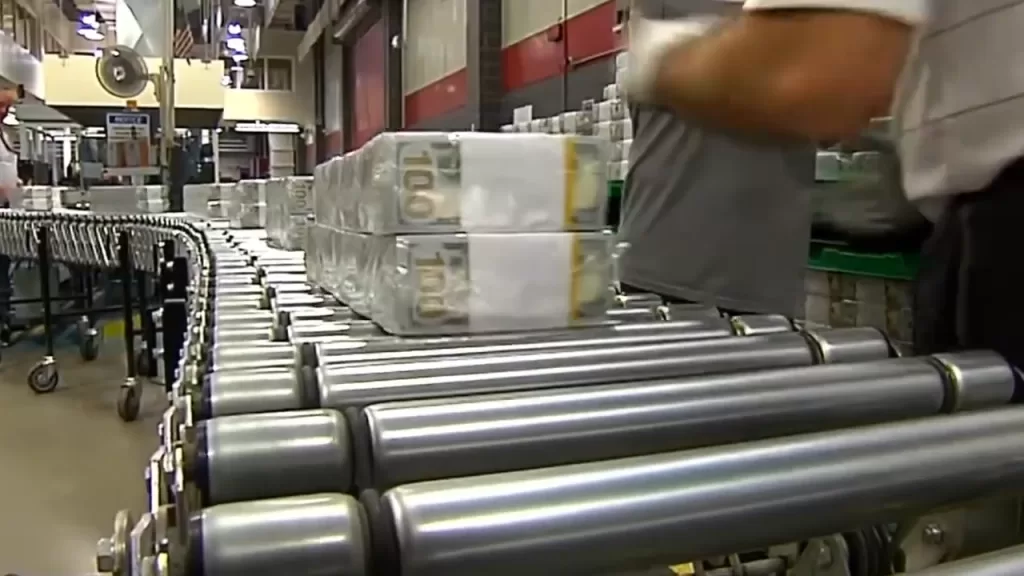
Final Distribution: From Printing Press to Public Hands
Once packaged, the new banknotes are delivered to central banks such as the Federal Reserve (for US dollars) and the European Central Bank (for euros). From there, they are distributed to commercial banks, making their way into circulation through ATMs, bank transactions, and businesses worldwide.
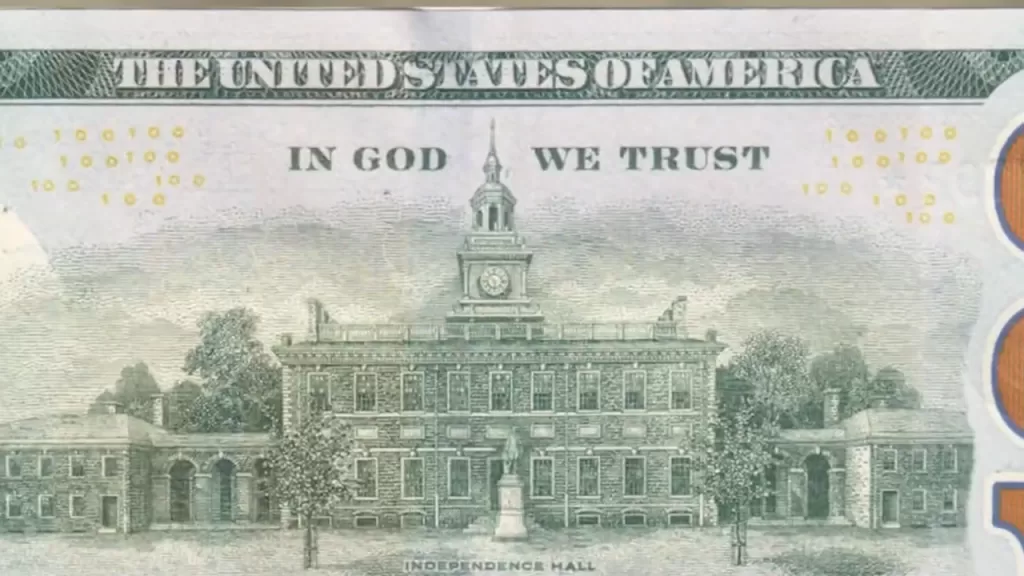
Conclusion: A High-Tech Blend of Art and Security
The process of printing money combines cutting-edge technology with centuries-old craftsmanship. With features like watermarks, holograms, color-shifting ink, and microprinting, modern banknotes are designed to withstand counterfeiting while maintaining a visually stunning and highly functional design.
Understanding the complexity behind money production gives us a new appreciation for the currency we use every day—a true masterpiece of art, security, and engineering.
